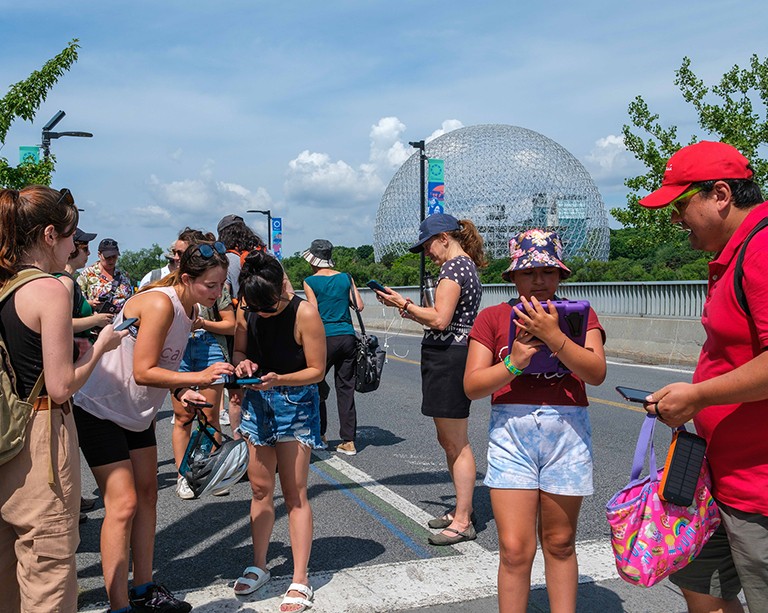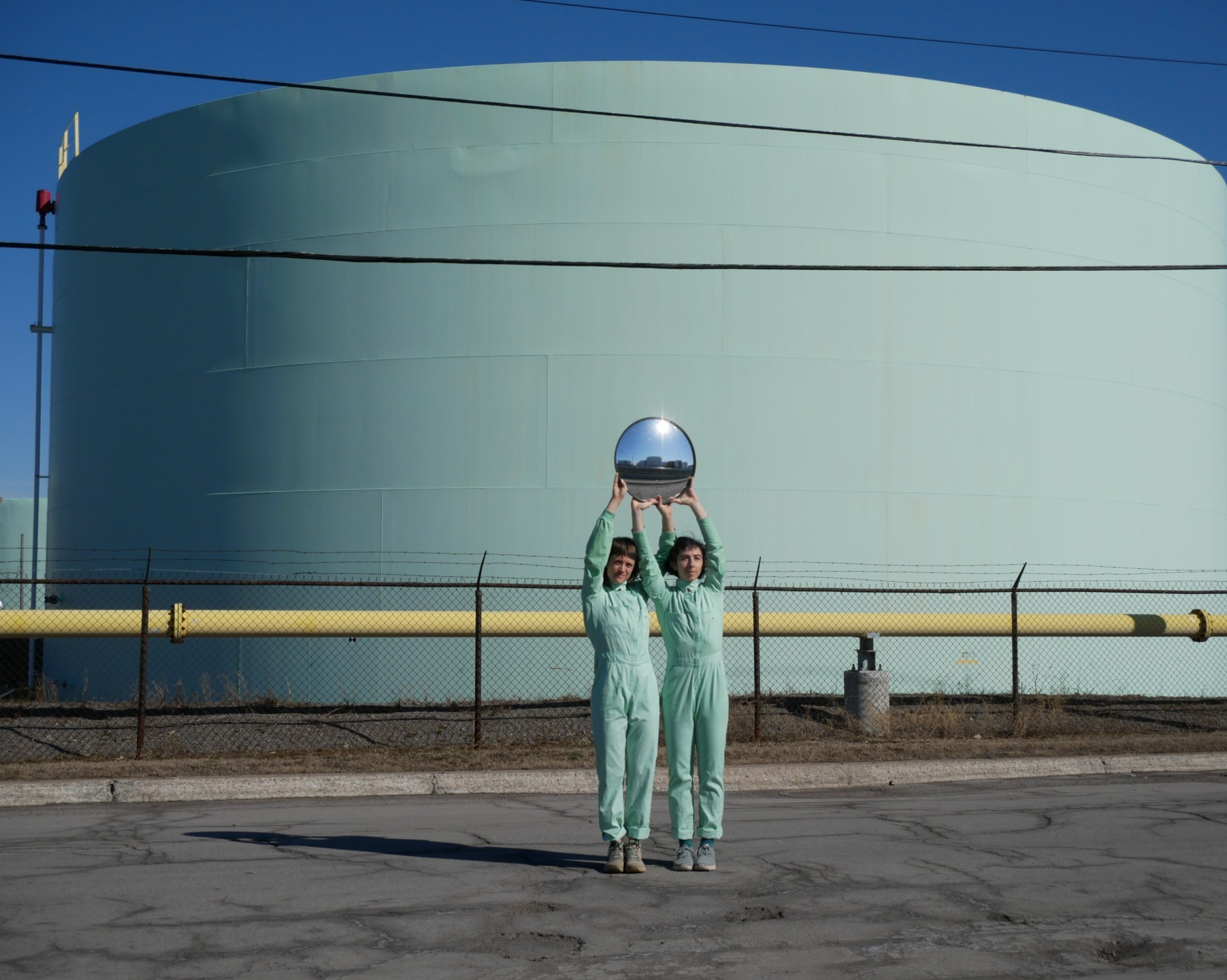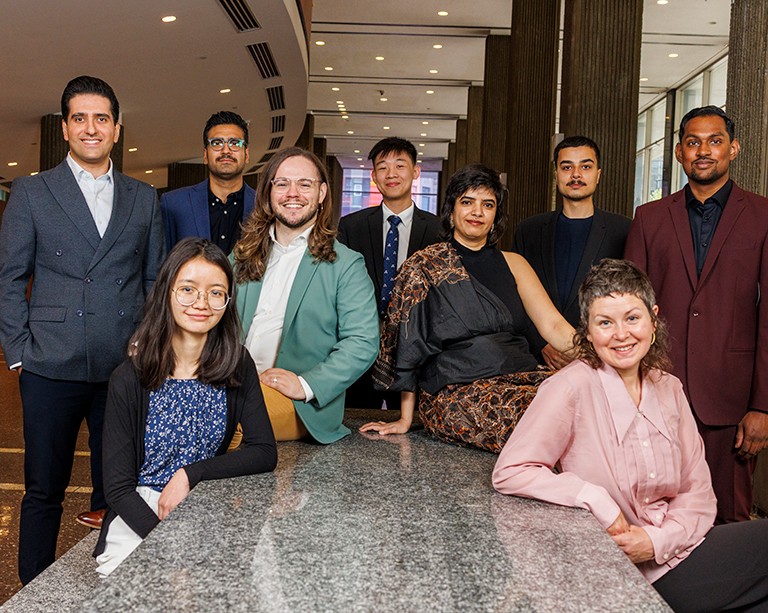Concordia’s revamped dance curriculum brings political awareness and inclusivity to centre stage
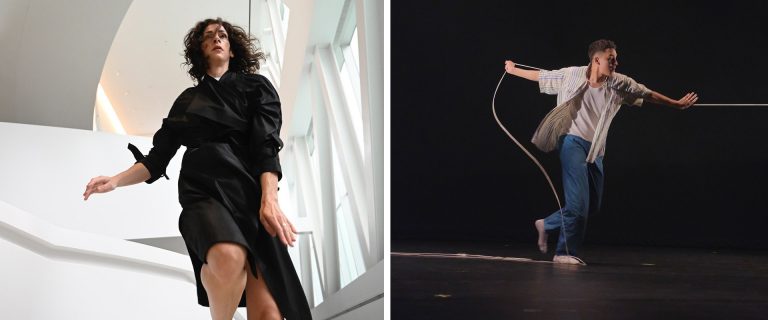
Concordia’s Department of Contemporary Dance has reimagined its curriculum to bring the program into closer alignment with the realities of the current dance milieu. At the heart of this overhaul is a commitment to inclusivity, interdisciplinary learning and a deeper understanding of dance as both an artistic and political force.
“We’re excited to bring the entire curriculum into the 21st century,” says Jens Richard Giersdorf, professor and chair of the department.
“Building upon our strong foundation in choreography and creative processes, we are incorporating an understanding of the political potential of dance in society. This shift allows students to engage with art in a contemporary social context, rather than in an isolated academic setting.”
The reframing includes a new admissions structure that values not just technical proficiency, but also innovative approaches to movement. This is resulting in a more diverse student body with varied backgrounds in dance and movement practices. Once admitted, students are guided through seminars that validate their unique movement histories while encouraging collective experimentation and growth.
“Students create work for each other and as a group,” Giersdorf says. “They diversify their skills by moving outside the studio into public spaces — such as the FOFA Gallery, Concordia tunnels or the library — and engage with other disciplines. They also explore anatomy beyond Western frameworks and reflect on the political implications of their choreographic choices.”
The revamped curriculum is already shifting the way students think about dance. Giersdorf points to a first-term course where senior students mentor incoming ones, sharing creative processes and offering feedback.
“It gives new students a sense of what they can aspire to, while reminding graduating students of their responsibility to nurture the community,” he notes.
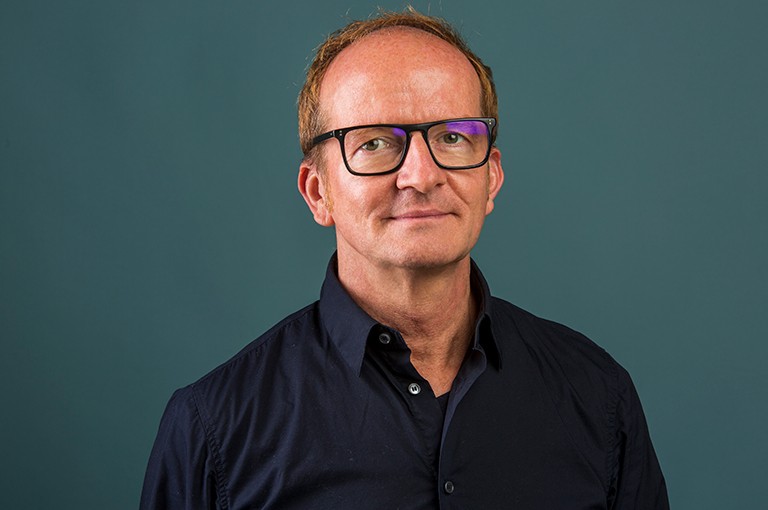 Jens Richard Giersdorf: “We are incorporating an understanding of the political potential of dance in society.”
Jens Richard Giersdorf: “We are incorporating an understanding of the political potential of dance in society.”
‘Being together is a vital force for building the society we want’
Interdisciplinary collaboration is another key feature of the shift. An improvisation course co-taught with the departments of Theatre and Music brings together students from different artistic disciplines, offering space for new perspectives and cross-pollination of ideas.
“Through these practices, students’ understanding of dance is deepened and expanded, empowering them to navigate the diverse and evolving dance landscape after graduation,” Giersdorf further highlights.
This pedagogical evolution also resonates beyond the university. Part-time instructor and recent artist-in-residence Marie Claire Forté sees these changes as essential.
“Being together is a vital force for building the society we want, and dance and choreography are not only fun, but crucial practices in that sense,” Forté says. “The program asks artists to situate themselves, to engage in decolonial practices, to work collaboratively and to reflect on the political relevance of dance and embodied togetherness.”
As a practicing dancer, Forté notes that the broader professional dance world is also grappling with questions around ethics, accessibility and community. “I think the dance program supports our capacity to engage with crucial current questions like, how can I make choreography with and for people different from me? Or where else can dance and choreography exist and thrive?”
For students like Santiago Alzate Lopez, who is graduating this year from the program, the impact is tangible. “The possibility of experimenting with different performance formats — improvised pieces, group pieces, solos, dance for galleries, dance for public spaces — has stood out the most,” he says.
“The new curriculum challenged us in every aspect of our practice. It has allowed us to become more grounded artists who are engaged with what is relevant for the dance scene today.”
As the program continues to evolve, its goal remains clear: to prepare students not only for careers in dance, but to cultivate a sense of togetherness and critical awareness — qualities they’ll carry into the artistic world and beyond.
Learn more about Contemporary Dance at Concordia.
